
11 minute read
Mosaic
by Sarah Richardson
Chaco Canyon Catches a Break
Advertisement

Puebloan Pueblo Structures at Chaco Canyon leap into view in an aerial photo of the abandoned settlement.
In November 2021, President Joe Biden announced establishment of a 10-mile buffer barring oil and gas drilling leases around Chaco Culture National Historical Park, New Mexico. The 20-year ban, long sought by indigenous tribes, buys time for studies documenting the ancestral Puebloan site as a cultural resource. Historically, the 53-square-mile canyon area, named a National Park in 1907, once included many roads and trade routes and has long been regarded as a vast ceremonial center for ancient residents. Other features include 25 multi-roomed “great houses” and structures with astronomical alignments. A recent interdisciplinary study argues that Chaco Canyon was inhabited, and that a transition from a foraging way of life to a settled agricultural mode cleared forests and caused unsustainable erosion. This report cites thinning of woodlands overlapping with the emergence of farming of corn, beans, and squash. Some woodlands survived; residents protected piñon trees as a valuable source of nuts and depleted stands of juniper used for fuel. Over the span of a millennium, the authors say, the impacts of human habitation combined to render an arid region even drier and less productive, finally becoming uninhabitable around 1250 CE.
MANFRED GOTTSCHALK/ALAMY STOCK PHOTO SMITHSONIAN LIBRARIES; METROPOLITAN MUSEUM OF ART; JOEL CARILLET/GETTY IMAGES
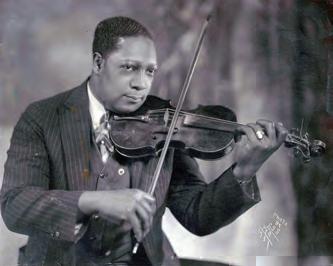

MANFRED GOTTSCHALK/ALAMY STOCK PHOTO SMITHSONIAN LIBRARIES; METROPOLITAN MUSEUM OF ART; JOEL CARILLET/GETTY IMAGES Sophonisba Angusciola Peale Sellers
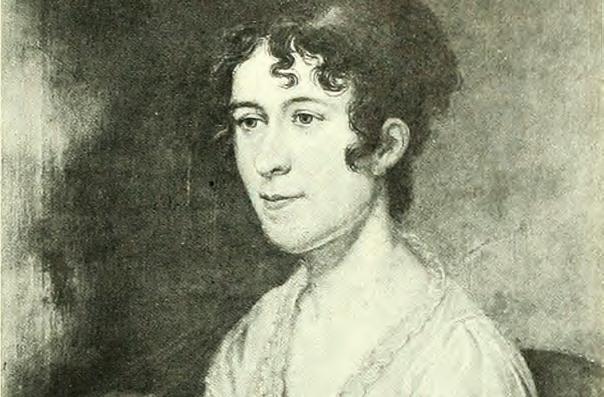
American portraitist/naturalist/impresario Charles Willson Peale had 10 children, many named for artistic or cultural figures such as Rembrandt and Titian. Daughter Sophonisba Angusciola—whose namesake was a female painter active during the Italian Renaissance—had more going for her First U.S. Female Ornithologist than an unusual moniker. An American Philosophical Society profile online credits her as the country’s first female ornithologist. She helped prepare labels in her father’s museum, using the Latin-based Linnaean nomenclature. Her scientific activities after her marriage to Coleman Sellers in 1805 are not recorded but are referred to in her will. She was also a talented quilter, as shown in an image of a quilt dated 1850. amphilsoc.org/blog/ sophonisba-angusciola-peale-sellers-scientist-and-artist
Picturing America
Three historic photo collections of and by Americans recently came into the public eye. An assortment of 27 daguerreotypes by American inventor Henry Fitz was bought by the Nelson-Atkins Museum in Kansas City, Missouri, for $300,000. One item in that batch is a profile of Henry Fitz, Jr., in 1840, thought to be one of the earliest such. The Danziger Gallery in New York City announced a show of works by pioneering photographer Lora Webb Nichols, who documented boomtown Wyoming in the early 20th century. African American photographer James Van Der Zee’s images of his community in Harlem, acquired from his widow, went to the Metropolitan Museum of Art. The Van Der Zee acquisition is the Met’s third photo collection, joining bodies of work by Walker Evans and Diane Arbus.
James Van Der Zee, self-portrait, 1918
Recasting Robert E. Lee
A bronze of Robert E. Lee emplaced in Charlottesville, Virginia, in 1924 and the focus of a violent August 2017 White nationalist rally there will be melted, cast into ingots, and made into a public art project. The statue has been removed and its plinth demolished. The Charlottesville town council had several offers for the imposing 1,100-lb. statue but went with a proposal called “Swords into Plowshares.” Submitted by the Jefferson School African American Heritage Center, an institution in Charlottesville, the project intends to “transform a national symbol of white supremacy into a new work of art that will reflect racial justice and inclusion.” Specifics will emerge from six months of community engagement.
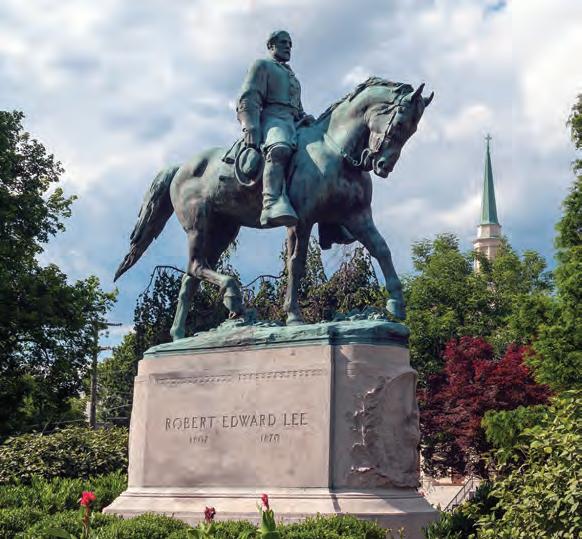
Clotilda Context An exhibit at the History Museum of Mobile covers the slave ship in detail.

Site studies of Clotilda, an illegal slave-trade schooner sunk in 1859 or 1860 in AlaClearly bama’s Mobile River and discovered there in 2019, showed the vessel and remnants of cargo to be nearly whole. Clotilda is the most intact slaving vessel ever found, preClotilda served because it lies in fresh water, not at sea, repository of most similar hulks. The Clotilda discovery prompted a wave of interest in Africatown, Alabama, a community south of Mobile whose residents descend from 32 Clotilda survivors. Last June, at the request of Africatown mayor Sandy Stimpson, descendants of Timothy Meaher, the White businessman who financed the Clotilda voyage, sold a property the family owned in Africatown to Clotilda descendants to house a food bank and redevelopment corporation, the Associated Press reported. The $50,000 price was far below the market value of $300,000. The Meahers are major Mobile area landowners.

See Cahokia Then

Cahokia, the prehistoric town situated across the Mississippi River from what is now St. Louis, Missouri, was one of the first urban centers in the Americas, covering about six square miles and home to perhaps 20,000 residents and some 120 pyramidlike mounds. A new app, Cahokia AR Tour, lets users of Apple mobile devices visiting the state historic site in Illinois imagine Cahokia in its heyday, left, when ceremonial platforms, some still present as mounds, dotted the vicinity. Cahokia began to coalesce around 900 CE, but within 500 years had been deserted. Little about the sprawling agrarian society whose members built the place is understood, and the causes of its abandonment remain unknown. Last April Illinois Senators Dick Durbin and Tammy Duckworth introduced legislation to elevate Cahokia from a National Historic Landmark to a National Park.
CARMEN K. SISSON/CLOUDYBRIGHT/ALAMY STOCK PHOTO; CAHOKIA MOUNDS MUSEUM SOCIETY
All That She Carried: The Journey of Ashley’s Sack, a Black Family Keepsake, Tiya Alicia Miles’s 2021 National Book Award winner, was inspired by a cloth sack, right, donated to the National Museum of AfriPecan Tribute can American History and Culture with the story of an enslaved mother who created it for a daughter being sold away from her. The sack’s contents included pecans, a luxury item of the time. A talented enslaved gardener gets credit for having created a commercially productive variety of pecan. In its natural state the pecan, a native American species, is unreliable at harvest time. Historical records show that in the early 1840s Antoine, 38 and otherwise unidentified, was a gifted “Creole Negro” gardener enslaved at Oak Alley Plantation in New Orleans. A neighboring planter enlisted Antoine to graft shoots from a particularly fine pecan tree onto other pecans. Antoine succeeded in grafting more than 100 trees, the first documented variety of commercial pecan tree.

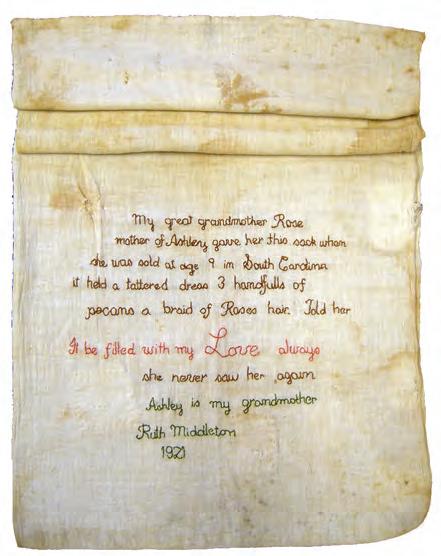
TOP BID

£264,000 The Ohio Historical Connection has paid back the Nez Perce of the Pacific Northwest $608,100 the tribe was charged to keep control of (around $358,525 some 20 items collected in the 19th century by missionary Henry Spalding and loaned to the tribe more than a century later. The New York in today’s value) Times reported that the items came to Oberlin College. In the 1970s Oberlin donated them to the Ohio Historical Society, which never displayed them. Learning of the collection’s existence in the 1970s, the tribe was granted the loan of the lot, which includes items like the Nez Perce moccasins below, for 20 years. In 1996, the society said the tribe could keep the collection—for a price. The tribe paid. In November 2021 the Ohio society reimbursed the Nez Perce in full, noting that if the society posAn old and extremely rare New England sessed the collecshilling, discovered in a candy tin in an tion today, it would English study, recently sold in London at freely return it to Morton and Eden for £264,000. Dating from the Nez Perce. The 1652, the coin belonged to a money system Spalding-Allen established for settlers in the Massachusetts Collection is now Bay Colony. About 40 examples are known known as the to exist. Wentworth Beaumont of England’s Wetxuuwíitin Tyne Valley surmised that one of his fore- Collection. In Nez bears brought the shilling to England. One Perce, that word of them, William Wentworth, arrived in the means “returned Massachusetts colony in 1636. The coin home after a bears the Roman numeral XII, representing period of 12 pence, which equals a shilling. captivity.”
Nez Perce Payback
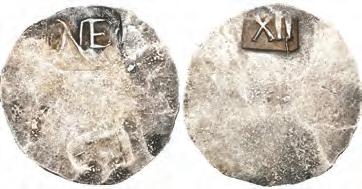
CLOCKWISE FROM TOP: NATIONAL MUSEUM OF AFRICAN AMERICAN HISTORY AND CULTURE; NEZ PEARCE NATIONAL HISTORICAL PARK; MORTIN AND EDEN








LOW AS$3650 each
Actual size is 40.6 mm
World’s Most Popular Silver Coin
Demand for Silver Is Strong. Get Your 2022 Silver Eagles!
The Most Important Coin in the Modern Era
When President Ronald Reagan signed the Liberty Coin Act into law, he didn’t know American Eagles would have the impact they’ve had, year after year. The coins were so popular that between 1986 and 2021, over 561 million were struck. That’s more than HALF A BILLION coins, easily making Silver Eagles the most widely-collected, best-selling bullion coins in the world.
Each year, millions of collectors and silver stackers around the word secure freshly struck American Eagle Silver Dollars. Minted in one Troy ounce of 99.9% pure U.S. silver, these legal-tender coins are hugely popular now, but may soon become even more popular! Keep reading to find out why.
Higher Values + Slowed
Production = DEMAND!
Over the last three years, average monthly values of silver bullion have increased nearly 57%! At the same time, the COVID-19 pandemic resulted in the U.S. Mint slowing production of freshly struck Silver Eagles and using branch mints to help increase supply, but only in limited quantities.
What This Means for You
Silver values are up, and silver is in high demand in the marketplace. In addition, many experts believe that the price of silver could continue to increase in the next 12 to 24 months.And while no one can accurately predict the future, there are two questions you should be asking yourself right now: 1) Do I own enough physical silver? 2) Which silver coins are right for me?
Guaranteed By the U.S. Government
These 2022 Silver Eagles have just been released by the U.S. Mint. They are guaranteed for weight and fineness by the U.S. government. They’re the world’s most liquid and secure one-ounce silver coins. They’re also recognized around the world, making them easier to sell when the time is right if you make that decision in the future. Silver Eagles are the safest way to buy silver—period!
$30 $25 $20 $15 $10 $5 $0 2019 2020 2021
Silver Trend Chart: Price per ounce based on yearly averages.
Don’t Wait —
NOW Is the Time to Buy!
Last year, when the new design first became available, demand was high, and many paid a premium for Silver Eagles. Call now to lock in our low prices, and your 2022 U.S. Silver Dollars will ship directly to your door. Don’t pay more for directly to your door. Don’t pay more for the 99.9% fine silver you want for you and your family. The more you buy, the more you save, plus receive a FREE U.S. Mint Tube when you buy 20 or more.
2022 American Eagle Silver Dollar
1-3 Coins- $37.95 ea. + s/h 4-9 Coins- $37.50 ea. + FREE SHIPPING 10-19 Coins- $37.25 ea. + FREE SHIPPING 20-49 Coins- $36.95 ea. + FREE SHIPPING 50+ Coins- $36.50 ea. + FREE SHIPPING
FREE SHIPPING on 4 or More!
Limited time only. Product total over $149 before taxes (if any). Standard domestic shipping only. Not valid on previous purchases.
Call today toll-free for fastest service 1-888-201-7639
Offer Code SRE173-01
Please mention this code when you call. Prices subject to change due to market fluctuations. Call NOW for the best price!
GovMint.com • 1300 Corporate Center Curve, Dept. SRE-173-01, Eagan, MN 55121 SPECIAL CALL-IN ONLY OFFER
GovMint.com® is a retail distributor of coin and currency issues and is not a liated with the U.S. government. e collectible coin market is unregulated, highly speculative and involves risk. GovMint.com reserves the right to decline to consummate any sale, within its discretion, including due to pricing errors. Prices, facts, gures and populations deemed accurate as of the date of publication but may change signi cantly over time. All purchases are expressly conditioned upon your acceptance of GovMint.com’s Terms and Conditions (www.govmint.com/terms-conditions or call 1-800-721-0320); to decline, return your purchase pursuant to GovMint.com’s Return Policy. © 2021 GovMint.com. All rights reserved.










